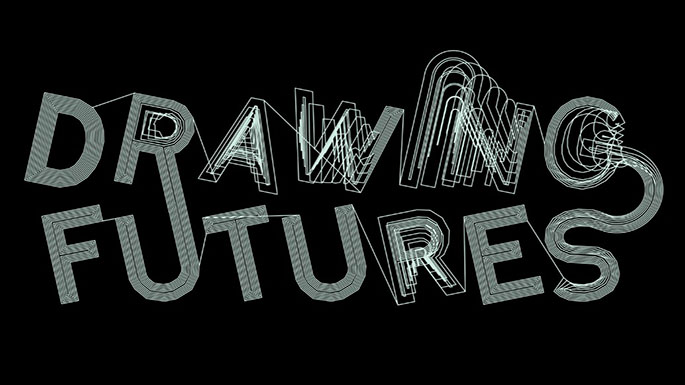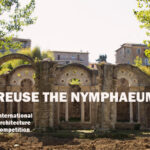Submission: May 16, 2016
Registration: May 16, 2016
Language: English
Location: Concept
Prizes: N/A
Type: Open
Reviewed by our international panel of experts, projects presented at Drawing Futures will be selected through our call for work. Selected submissions will also be included in a Drawing Futures book released at the conference and an exhibition of work held at our new 22 Gordon Street gallery space.
Despite numerous developments in technological manufacture and computational design that provide new grounds for art and architecture, the act of drawing still plays a central role as a vehicle for speculation. There is a rich and long history of drawing that is tied to innovations in technology as well as revolutions in our philosophical understanding of the world. In reflection of a society now underpinned by computational networks and interfaces allowing hitherto unprecedented views of the world, the changing status of the drawing and represenation as a political act demands a platform for reflection and innovation.
Drawing Futures will focus on the discussion of how the field of drawing may expand synchronously alongside technological and computational developments. Bringing together practitioners from many creative fields, the conference will discuss how drawing is changing in relation to new technologies for the production and dissemination of ideas.
We invite you to submit your drawn experiments, representational speculations and written provocations on the art of drawing in our digitally mediated world. For Drawing Futures 2016 we seek work that addresses four themes:
Augmentations – Extending drawing through new technologies and materials.
Deviated Histories – Redefining or breaking from the history of drawing.
Future Fantasticals – Drawing as a tool for speculative thought.
Protocols – Encoding new information and data through drawings.
SUBMISSION GUIDELINES
Please provide a 500 word abstract for both written and design submissions. Selection will be via blind peer review. Submissions will be reviewed by our international panel of experts and those selected will be published in the Drawing Futures book. A smaller of selection of projects will be presented at the conference in November.
Design Projects
Those submitting design projects may upload a maximum of five high-resolution images to support their submission. The abstract should outline the significance of drawing practice to the research. Attached drawings by the submitter should be anonymised.
Written Works
We are also seeking written papers of 1500-4500 words in length. This may be accompanied by a PDF of supporting images. For the initial call you may submit an abstract only, or both an abstracted accompanied by a full paper. Those whose abstracts are selected will be required to submit a full paper for peer review. Papers should be submitted as a Word document using the Chicago Manual of Style and be appropriately anonymised for blind peer review. Please list all image credits at the end of the document. Any image references and copyrights must be cleared by the author prior to submission.
Submissions selected to present at the Drawing Futures conference will be allocated a slot on either the 10th or 11th November 2016. These presented submissions will also be included in the Drawing Futures book, alongside further selected submissions from the call.
In addition, selected submissions will be invited to exhibit in the Drawing Futures exhibition which will be held at the Bartlett School of Architecture’s new 22 Gordon Street building in November.
KEY DATES
February 2016 – Call for Works Opens
16 May – Call closes
20 June – Notification of successful abstract/project submissions
11 July 2016 – Submission of final projects and texts
10-11 November 2016 – Drawing Futures Conference
November 2016 – Release of Drawing Futures book








